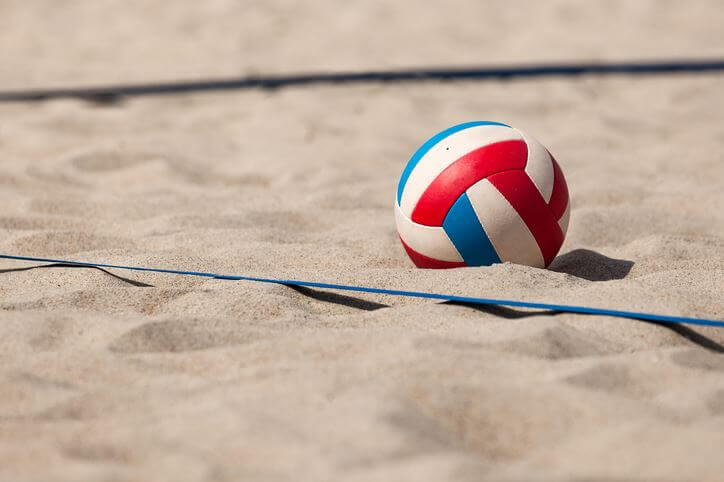In the realm of sports field management, every detail counts. From the type of grass to the condition of the soil, each component plays a vital role in ensuring optimal performance and safety for athletes. One crucial yet often overlooked element is the choice of infill material, particularly in synthetic turf systems. This article explores the role of silica sand in sports fields, delving into its composition, benefits, and best practices for usage.
Overview of Silica Sand
Silica sand is a granular material primarily composed of silicon dioxide (SiO2). It is renowned for its uniform particle size distribution, high permeability, and exceptional strength. These properties make it an ideal choice for various industrial and commercial applications, including sports field infill.
Properties of Silica Sand
Silica sand is primarily composed of silicon dioxide and exhibits distinctive physical and chemical properties. Its fine particles, coupled with uniform shape and size distribution, contribute to its effectiveness in sports field applications. Moreover, the purity and inertness of silica sand make it an ideal choice for various sporting surfaces.
Importance of Sports Field Surfaces
The surface of a sports field significantly impacts athletic performance and safety. A well-designed and maintained surface can enhance traction, reduce injuries, and ensure consistent playability across different weather conditions. Conversely, a subpar surface may lead to uneven footing, increased risk of falls, and diminished game quality.
Role of Silica Sand in Sports Fields
Silica sand plays a multifaceted role in enhancing sports field surfaces. Firstly, its excellent drainage properties facilitate rapid water infiltration, minimizing surface water accumulation and reducing the risk of flooding or waterlogging. Additionally, silica sand infill helps cushion player impact, thereby lowering the risk of injuries from falls.
Moreover, it contributes to surface stability and firmness, ensuring a level playing field for athletes.
Environmental and Health Considerations
While silica sand offers numerous benefits, it is essential to address potential environmental and health concerns associated with its usage. Excessive sand runoff can contribute to soil erosion and sedimentation in water bodies, affecting aquatic ecosystems. Furthermore, inhalation of airborne silica dust poses health risks, particularly respiratory issues, for field maintenance personnel and athletes. Implementing proper mitigation measures, such as dust suppression techniques and regular maintenance, can mitigate these risks effectively.
Best Practices for Using Silica Sand
To maximize the benefits of silica sand infill, sports field managers should adhere to best practices during installation and maintenance. This includes ensuring proper compaction and distribution of the sand layer, conducting regular inspections for signs of wear or compaction, and replenishing infill as needed to maintain optimal performance.
Application of Silica Sand in Different Sports Fields
Silica sand finds widespread application across various sports fields, including football/soccer fields, baseball/softball diamonds, golf courses, and tennis courts. Its versatility and compatibility with different surfaces make it a preferred choice among field managers and groundskeepers.
If you’re in search of premium silica sand for your golf course, then Shree Ram Kaolin is the perfect option for you. They are manufacturers, exporters, and suppliers of silica sand, with a production capacity of 10,000 tons per month.
Case Studies
Several sports facilities have successfully integrated silica sand into their field surfaces, achieving notable improvements in performance and safety. These case studies serve as valuable examples of effective silica sand utilization and highlight the importance of proper installation and maintenance practices.
Cost Considerations
Despite its numerous advantages, the cost-effectiveness of silica sand remains a key consideration for field managers and facility owners. When compared to alternative materials, the long-term benefits and performance gains associated with silica sand justify its initial investment.
FAQs
What makes silica sand ideal for sports fields?
Silica sand provides a firm and stable playing surface, enhancing the performance of athletes and reducing the risk of injuries.
How often should silica sand be replaced?
Silica sand should be replaced periodically, depending on the level of use and maintenance practices followed.
Can silica sand be used in all types of sports fields?
Yes, silica sand can be used in various sports surfaces, including soccer fields, golf courses, tennis courts, and baseball fields.
Is silica sand safe for the environment?
Yes, silica sand is a sustainable and environmentally friendly option for sports fields.
Are there any health concerns associated with silica sand?
While silica sand is non-toxic, dust control measures should be implemented to reduce the risk of inhalation.
Conclusion
Silica sand serves as a versatile and effective infill material for sports fields, offering benefits such as improved drainage, impact absorption, and surface stability. However, it is crucial to address environmental and health considerations and follow best practices to ensure its safe and sustainable usage.

Leave a comment